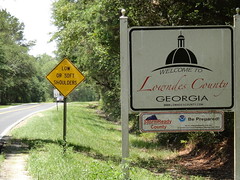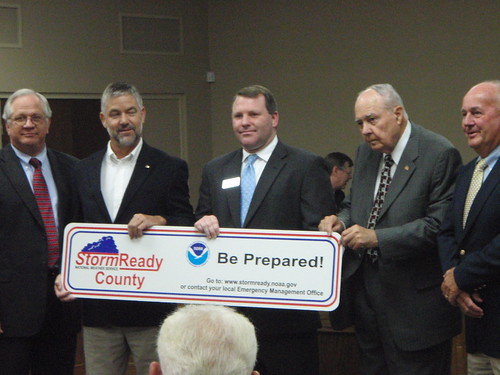 In a rezoning case we heard the de facto motto of the Lowndes County Commission:
In a rezoning case we heard the de facto motto of the Lowndes County Commission:
“I’m really trying to develop the property as full as it could be.”
This was in discussion about REZ-2012-07 McNeil Property, 6888 & 6870 McNeil Road, Hahira, on the agenda for the Greater Lowndes Planning Commission meeting of 30 April 2012. According to the tax assessors’ database,  they spelled it wrong: it’s McNeal Road. This rezoning was for lot width, such as would have to happen for the Gloria Dave property to be subdivided. Nathan Smith spoke for, representing multiple people. There was concern among the GLPC board that the rezoning would permit more houses than were currently being requested.
they spelled it wrong: it’s McNeal Road. This rezoning was for lot width, such as would have to happen for the Gloria Dave property to be subdivided. Nathan Smith spoke for, representing multiple people. There was concern among the GLPC board that the rezoning would permit more houses than were currently being requested.
 This was the only case in that meeting with speakers against. Elizabeth Daniels, lives nearby (I think she said across the road), pointed out that four lots on one section would permit 4 lots on another section, and that would be a problem on that narrow road.
This was the only case in that meeting with speakers against. Elizabeth Daniels, lives nearby (I think she said across the road), pointed out that four lots on one section would permit 4 lots on another section, and that would be a problem on that narrow road.
 Donya Rigal, 6840 McNeal Road, the property next door, pointed out dust from traffic and other problems. McNeal Road is a county road, 35 feet wide.
Donya Rigal, 6840 McNeal Road, the property next door, pointed out dust from traffic and other problems. McNeal Road is a county road, 35 feet wide.
County Planner Jason Davenport said:
“They did actually reserve 12 and a half feet of each of these properties in anticipation of improvement, but I don’t know that that’s on any list for improvement any time soon”
On questioning about whether further subdivision would be possible with the requested rezoning, he pointed out that Continue reading





